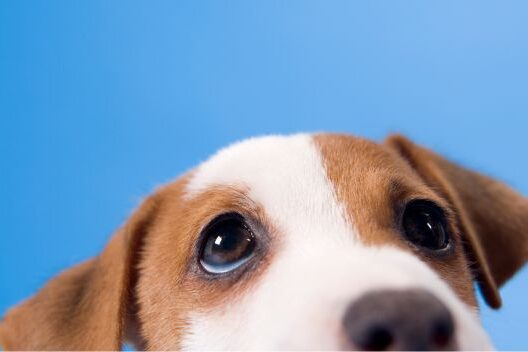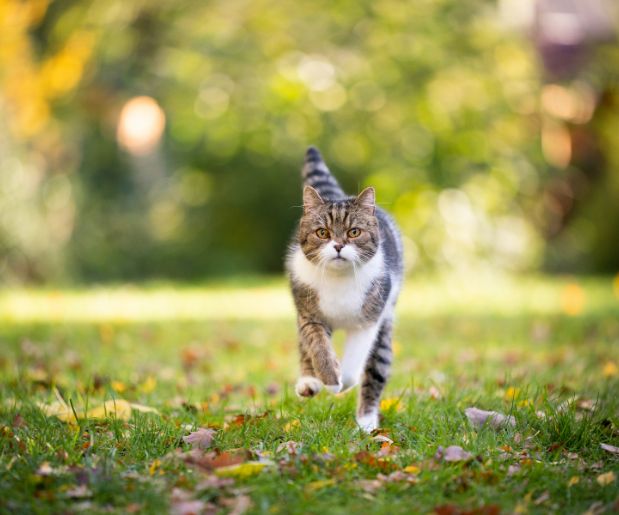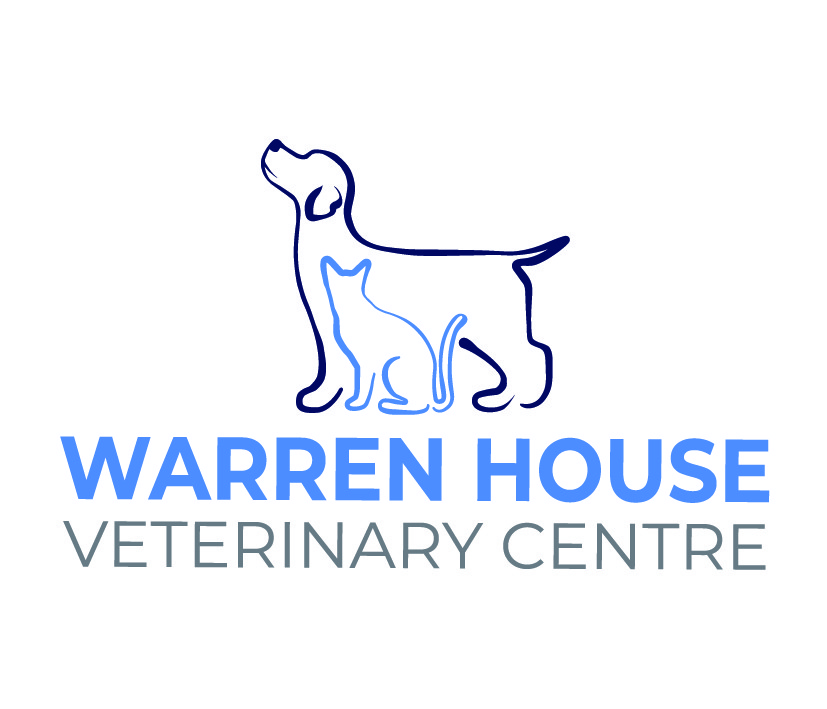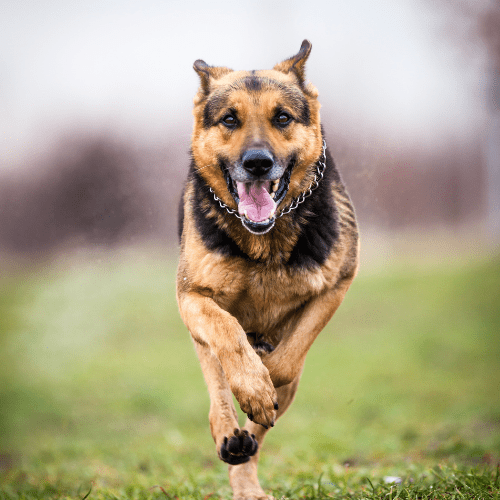Tracheoscopy & Bronchoscopy
Tracheoscopy/Bronchoscopy is a diagnostic tool used to examine your pet’s trachea or further down into their lungs and bronchi.
A tracheoscopy/bronchoscopy is performed using specialised endoscopy equipment enabling diagnosis and treatment through visualisation of the trachea and lungs including the bronchi.

How Does Tracheoscopy & Bronchoscopy Work?
Bronchoscopy and tracheoscopy are both minimally invasive procedures that evaluate the main airways in the lungs, and bronchoscopy is the study of endotracheal tubes.
In most cases, a small, flexible, short span is used to perform the study.
Specimens for culture and analysis can be obtained through the bronchoscope using either a washout technique (aseptic rinsing and collection) or a sterile brush.
Foreign bodies can be identified and are usually removed.
Samples of airway growth can be obtained with a biopsy instrument.
In large dogs, the endoscope can be inserted down the throat without interruption of anaesthesia or oxygen. Bronchoscopy requires little preparation other than withholding food the morning of the scheduled procedure.
Most patients are discharged on the same day of the procedure.
Benefits Of Tracheoscopy & Bronchoscopy
Both Tracheoscopy and Bronchoscopy have several advantages for pets:

ACCURATE DIAGNOSIS
Tracheoscopy/Bronchoscopy provides a direct and clear view of the lungs, trachea and bronchi, this allows us to accurately diagnose conditions and obtain samples.

EARLY DETECTION
By easily visualising the inside of the trachea, lungs and bronchi, endoscopy can help identify problems early on, before they become more serious.

BIOPSY SAMPLING
Tracheoscopy/Bronchoscopy provides the opportunity for us to take biopsy samples if needed, which can be used to identify specific conditions affecting the trachea, lungs and bronchi.

NON-INVASIVE
Unlike traditional surgical procedures, Tracheoscopy/Bronchoscopy are minimally invasive procedures that do not require incisions or extensive tissue damage.

FOREIGN BODY RETRIEVAL
We can use the endoscope to retrieve foreign bodies from the trachea, lungs and bronchi, which can cause discomfort and health issues for your pet.

LESS PAINFUL
Tracheoscopy/Bronchoscopy are performed under general anaesthesia and are both minimally invasive which means your pet will recover faster.
Tracheoscopy & Bronchoscopy Procedure
To begin the diagnostic process, your pet will be physically examined to note any symptoms present.
An X-ray may be done to locate a foreign body or tumour in the airway. If further confirmation is needed, bronchoscopy or bronchoscopy may be recommended.
General anaesthesia is required for these procedures, so a complete blood count will be needed to assess your pet’s health.
Your pet may be asked to fast for several hours prior to internal testing.
For general anaesthesia, small dogs and cats will be given intravenous fluids and oxygen catheters, while medium to large breeds will need intubation.
Then, the endoscopic camera will be inserted into the trachea through the mouth. Images and video can be collected as the camera passes through the upper and lower airways.
Abnormal tissue or growths are removed with a special endoscopic tool.
During a bronchoscopy, fluid is removed through the airways and then returned in a process called “bronchoalveolar lavage.” This method collects samples of the fluid that remains in the lining of the trachea so that it can be tested further in the laboratory.
The camera and tools are then removed from the throat and mouth.
When Would Bronchoscopy & Tracheoscopy Be Needed?
Symptoms such as persistent coughing, retching, and gagging in dogs can be caused by many different issues. These causes can range in severity from easily treatable to life-threatening. To help identify primary health issues, diagnostic procedures such as a tracheoscopy or a bronchoscopy may be used.
The major symptoms and reasons to perform a bronchoscopy/ tracheoscopy are:
Persistent coughing
Study and removal of foreign matter in the trachea and lungs
To obtain biopsies from the trachea or major airways
To aid in the diagnosis of a collapsed trachea or lung
To obtain samples for testing and sensitivity when pneumonia is suspected
To determine the location of a tear in the trachea


Efficacy Of Tracheoscopy & Bronchoscopy
Both of these endoscopic procedures are used as measures to diagnose health problems rather than to treat them.
They are very effective in identifying specific bacteria or types of cancer.
Endoscopy is a minimally invasive way to obtain tissue samples for evaluation.
Identifying the underlying cause of symptoms is the first step in treatment.
Bronchoscopy and bronchoscopy are low-risk options to help confirm the diagnosis.


